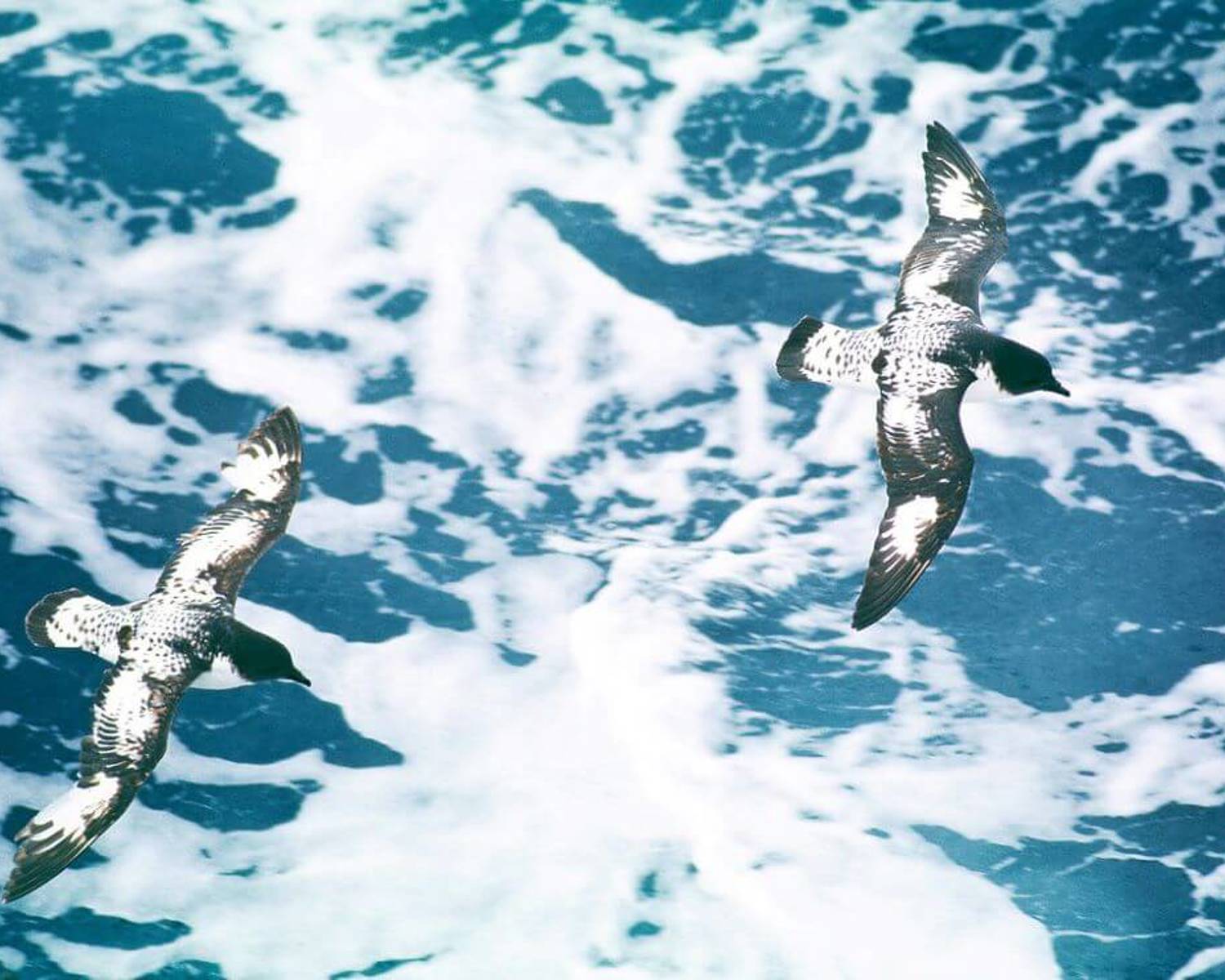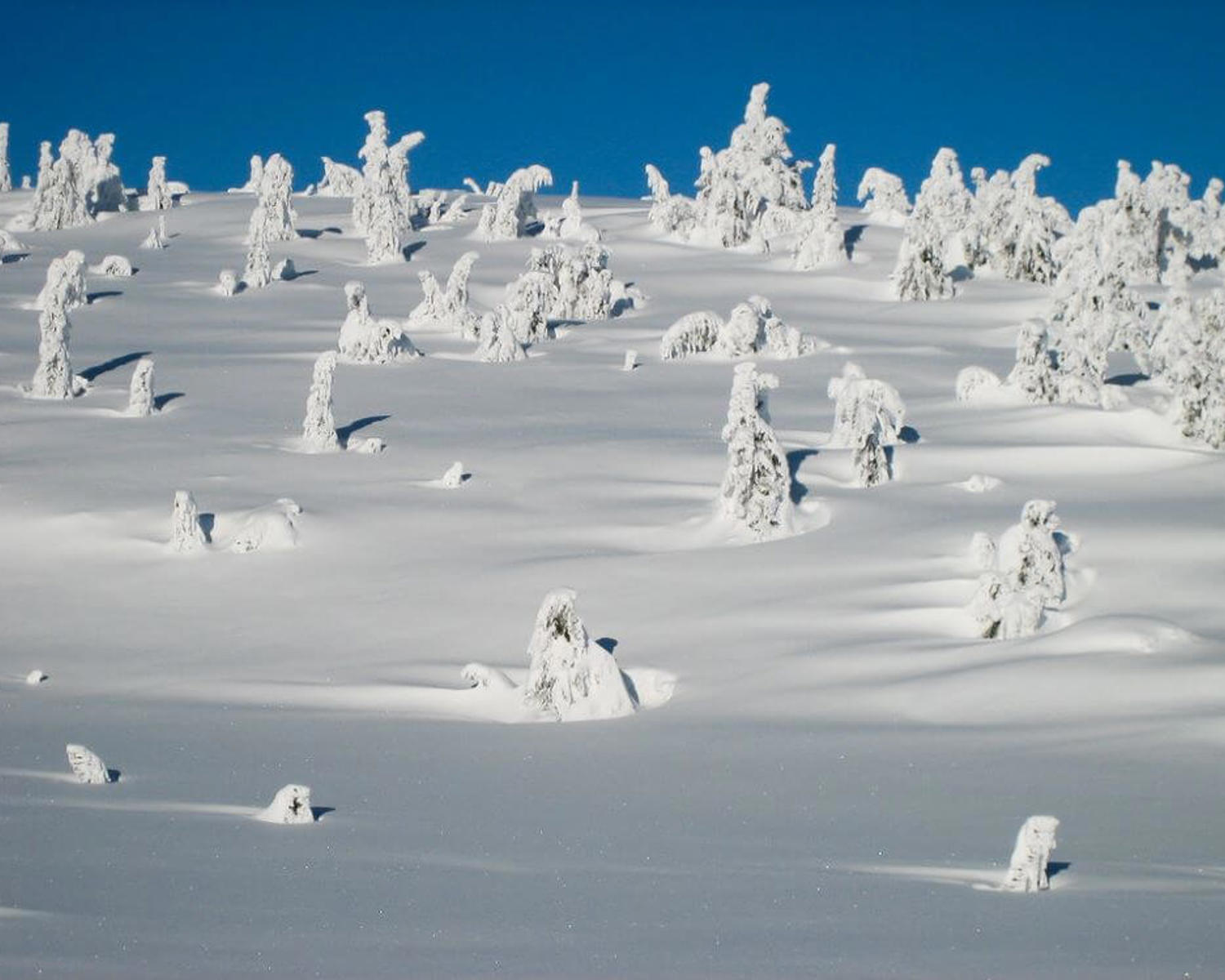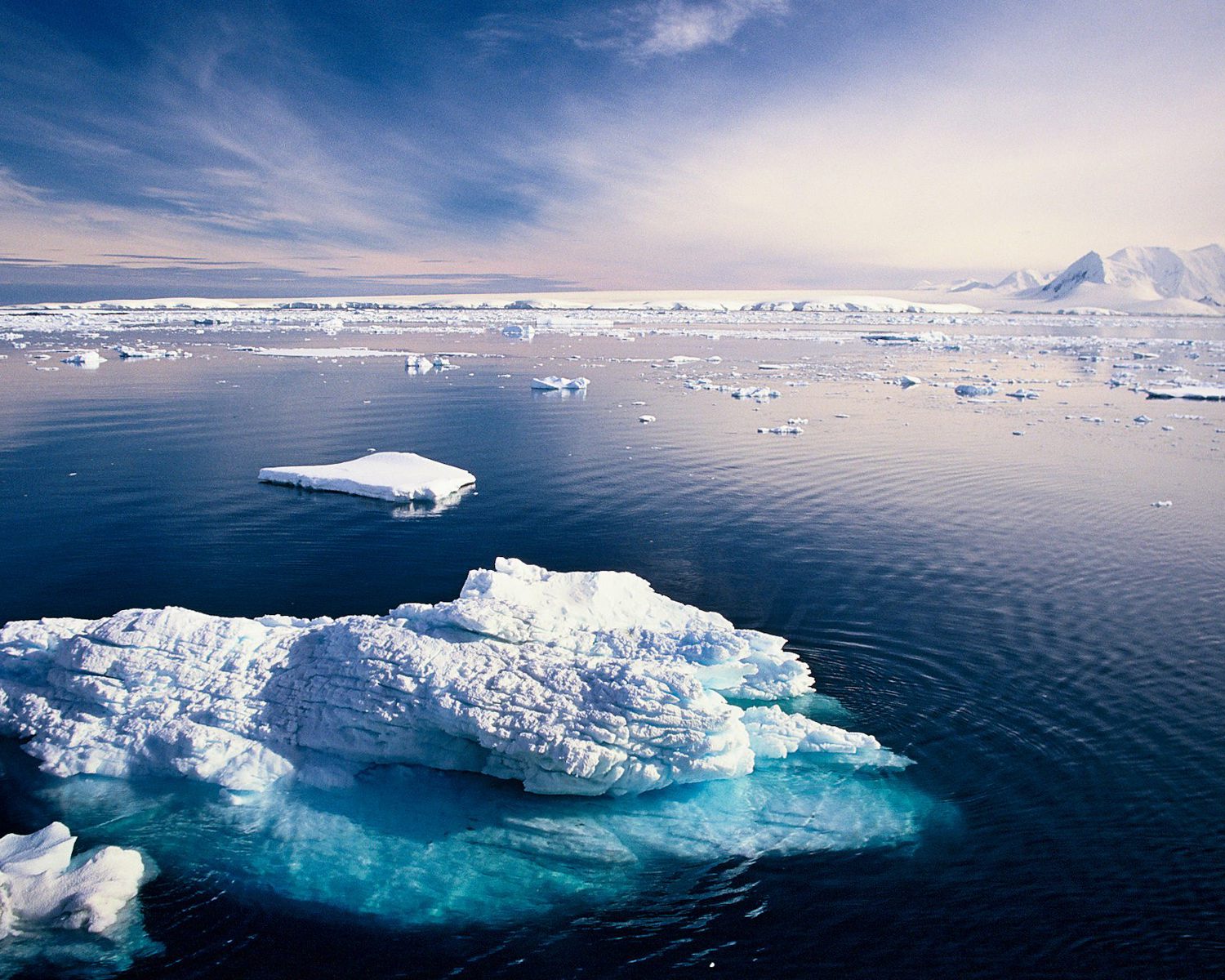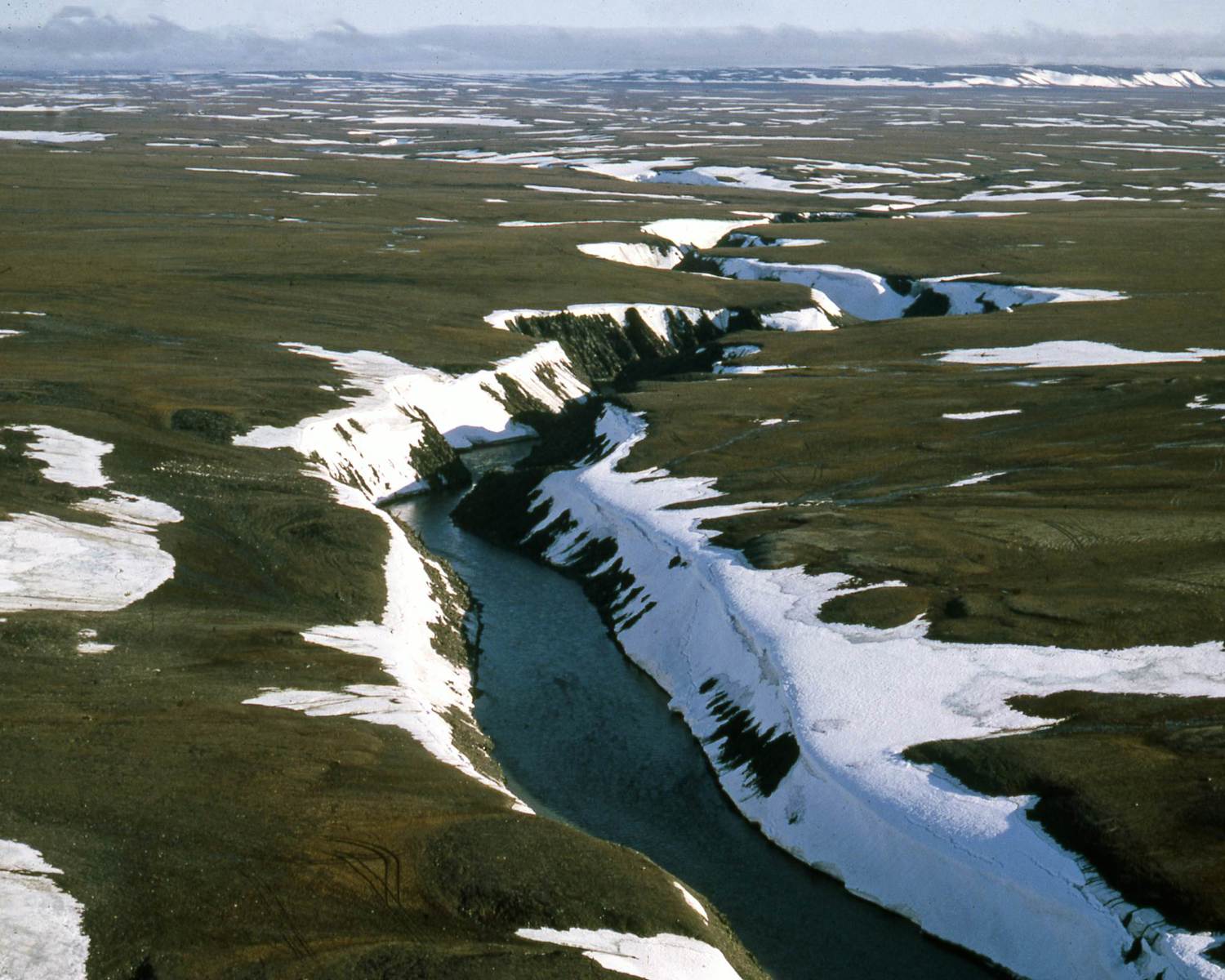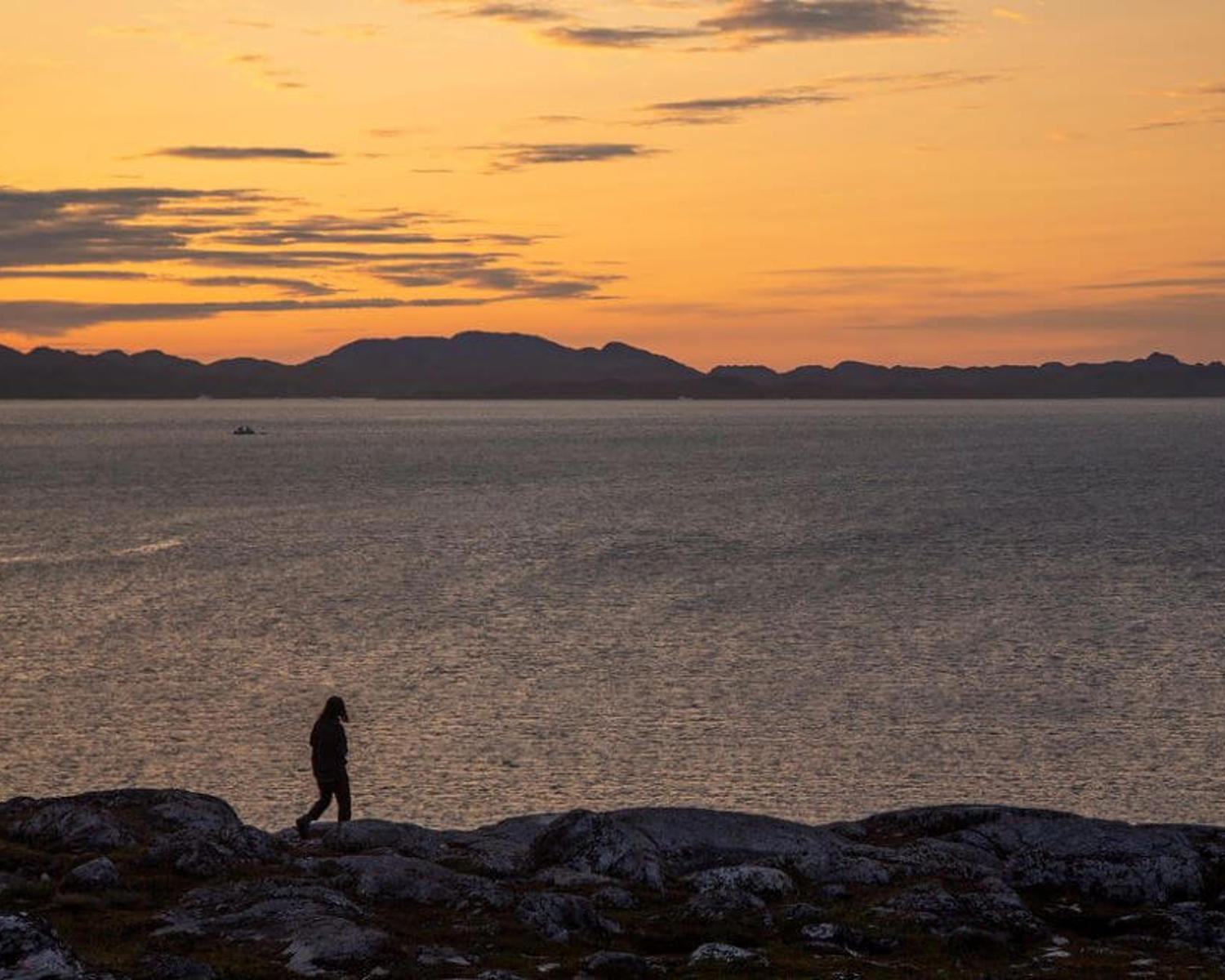Modular iceberg creation by submersibles

In 2019, an Indonesian design team came up with the idea of a submersible device that could take in sea water, desalinate it, and then have it freeze into a solid block they called a “new ice baby” (Griffiths, 2019).
Although the idea received a second prize in a 2019 international design competition, and the related video gained much media attention, it is not clear what exactly the designers tried to achieve with their device. Most likely these modular icebergs would replace Arctic sea ice, but it is not specified how this would be done. In the project’s description, the designers explain they see this as an analogue to tree planting programs in tropical forests, without stating how this would have climate positive effects. Moreover, they confuse the Arctic and Antarctic several times, and seem to be unaware of the basics of sea ice physics.
Analysis overview

Technological Readiness Level (TRL)
Low 1
Technological Readiness Level (TRL)
A technology with a TRL of 1-3: TRL 1 – Basic; TRL 2 – Concept formulated; TRL 3 – Experimental proof of concept

Scalability
Low 1
Scalability
Physically unable to scale; sub-linear/logarithmic efficiency of scalability

Timeliness for near-future effects
Low 1
Timeliness for near-future effects
Implemented too late to make a significant difference

Northern + Arctic potential
Low 1
Northern + Arctic potential
No noticeable extra positive effect beyond the global average; technology is unsuited to the Arctic

Global potential
Low 1

Cost - benefit
Prohibitive 1
Cost - benefit
Cost of investment comparable to cost of avoided damage

Environmental risks
Some risk 2
Environmental risks
More widespread and possibly regional impacts that extend beyond the immediate solution deployment location

Community impacts
Neutral 2
Community impacts
Unnoticeable or negligible positive or negative effects

Ease of reversibility
Easy 3

Risk of termination shock
Low risk 3
Risk of termination shock
Low or insignificant termination shock or damage

Legality/governance
Challenging 2
Legality/governance
Fits within existing structures to a certain degree, but some policy changes are needed to deploy at scale

Scientific/media attention
Low 1
Although the project has not been developed further, it is still relatively frequently mentioned in blog posts and less critical news media.
Scientific/media attention
Very low attention from individuals and/or abandoned ideas; low media attention; no commercial interest.
References
Griffiths, A. 2019. Iceberg-making submarine aims to tackle global warming by re-freezing the Arctic. Dezeen. 27 July 2019. https://www.dezeen.com/2019/07/27/refreezing-the-arctic-geoengineering-design-climate-change [Accessed 8 July 2024]

